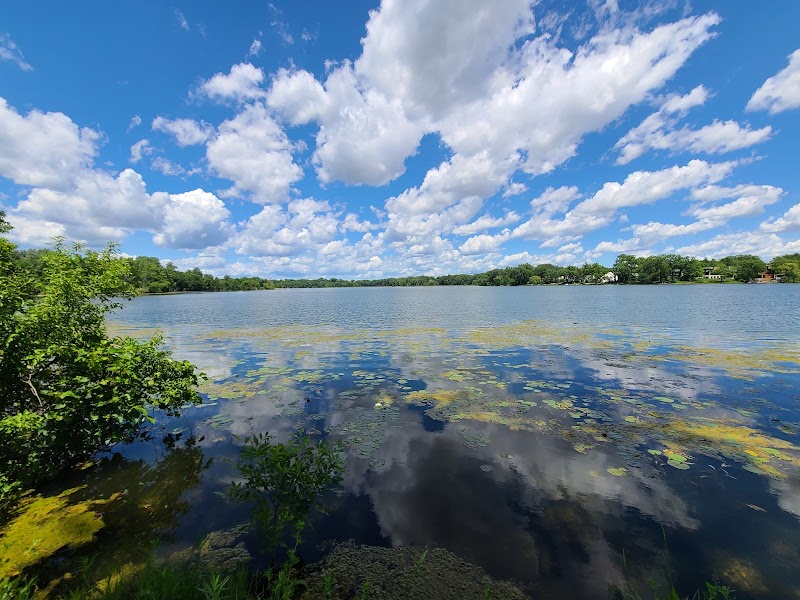
Cedar Lake Park, City Park of Minneapolis Adventures
Cedar Lake Park in Minneapolis offers a popular urban outdoor retreat featuring scenic lake views, extensive trails, and diverse recreational opportunities including swimming and biking.
About Cedar Lake Park, City Park of Minneapolis

Cedar Lake Park is a vibrant urban green space located in Minneapolis, Minnesota, centered around Cedar Lake, one of the city's prominent chain of lakes. The park spans several hundred acres of natural shoreline, forested areas, and open recreational spaces. It provides an important ecological habitat with diverse native plant species and wildlife including waterfowl, turtles, and various songbirds. Established as part of Minneapolis's city park system, Cedar Lake Park serves the community by combining natural beauty with urban convenience. The park is particularly popular for its expansive multi-use trail that forms part of the Grand Rounds Scenic Byway, a 50-mile loop connecting many of Minneapolis’s parks and lakes. Visitors enjoy walking, jogging, biking, and year-round outdoor activities. One of the park’s notable landmarks is the Cedar Lake Regional Trail, which connects to surrounding neighborhoods and other city parks. The park also contains a designated swimming beach and picnic areas, making it a favored destination for families and outdoor enthusiasts alike. The accessibility of the park within an urban environment alongside ample natural features makes Cedar Lake Park a valued recreational resource, encouragement for active lifestyles, and a place to experience Minnesota’s outdoors without leaving the city limits.
Highlights
Cedar Lake Regional Trail – a multi-use paved trail with scenic lake views
Designated swimming beach with lifeguard services during summer
Birdwatching opportunities including sightings of migratory waterfowl
Picnic areas and natural shoreline access for paddlers and anglers
Notable Natural Features
Cedar Lake Regional Trail
A paved, multi-use trail circling Cedar Lake and connecting to the Grand Rounds Scenic Byway, popular for biking, running, and walking.
Cedar Lake Swimming Beach
A designated sandy beach area with lifeguards operating seasonally, offering safe swimming and lake access.
Natural Shoreline Habitat
Restored shoreline areas provide habitat for native plants, turtles, and birds, enhancing ecological value within an urban park.